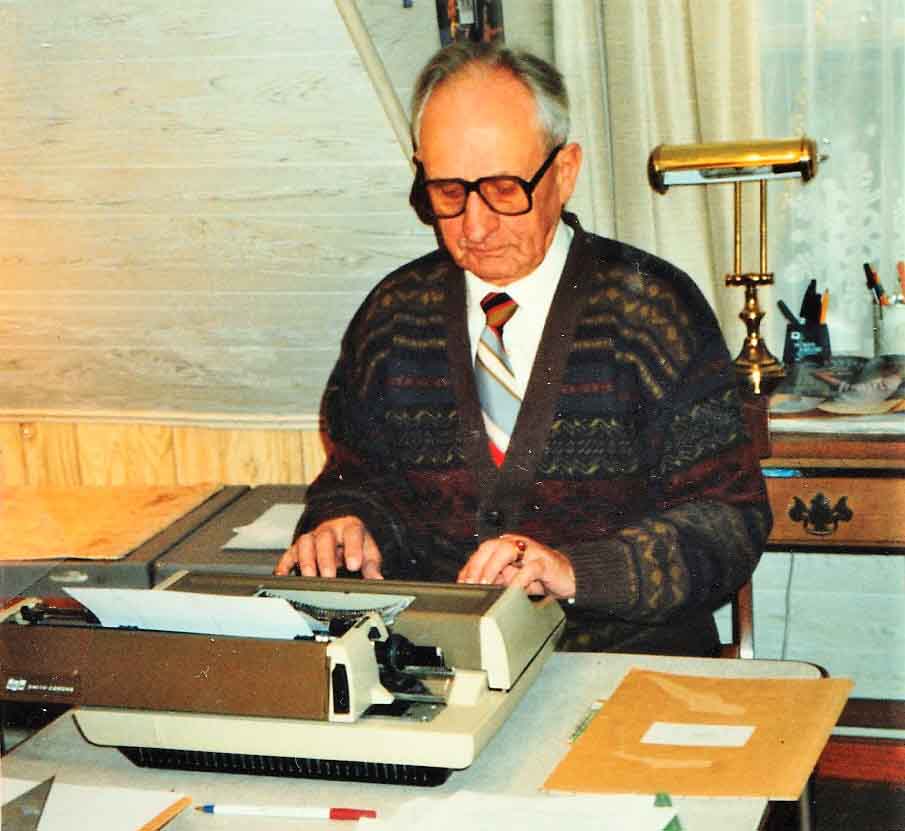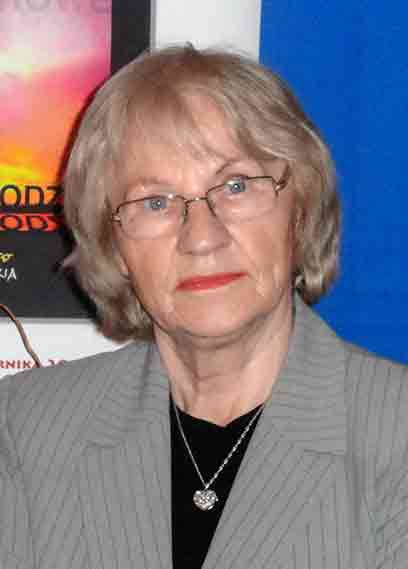Lieutenant Colonel Antoni Rogoziński in the years 1929-31 completed his basic military service, during which he graduated from the NCO school of communications in Zegrze. In the September campaign, he was a communications officer of the Supreme Command Division.

On August 28, cadet corporal Antoni Rogoziński, as a “juzista” telegraph-technician (operating a special telegraph apparatus), was mobilized to the Commander-in-Chief's Communication Company. The company began to organize itself in Zegrze near Warsaw, but on September 1, in the morning, Zegrze, along with sixteen other cities, was bombed, so the organization was completed in Warsaw, in shelters at Rakowiecka Street.
In case there was a need to move the High Command outside Warsaw, Grójec Siedlce and Otwock were planned as stopping places. Under the influence of the evolving situation at the front, such a need arose on September 6. On that evening, Antoni Rogoziński's unit left for Siedlce in order to prepare a communication center for the Supreme Command. Thanks to women - telephone operators, communications officers had information about the strategic situation and could easily carry out the tasks entrusted to them.
Together with the Supreme Command and the communications center, A. Rogoziński moved through the following towns: Siedlce, Sokołów Podlaski, Biała Podlaska, Brześć, Włodzimierz Wołyński, Kołomyja and further east. In the back, the staff relied almost entirely on the calls left by the postal operators. They also informed about the arrival of the Germans and in this way the High Command could form a picture of the strategic location.
The services of telephone operators were also used by the commander of the 10th Motorized Cavalry Brigade, General Stanisław Maczek, with whom Antoni Rogoziński will tie his fate for the rest of his life. At each crossroads, the commander of communications joined the telephone line towards the Polish-Russian border. The telephone operators informed which places the Soviet troops had already entered, where they stayed for the night and in what direction they were moving. This was very valuable information for the Polish withdrawing units. The soldiers reached other places without being attacked by any of the invaders.
Rogoziński received reports, he barely observed some places, at some of them they stopped for a short time. Already from September 14, he observed the intensifying subversive actions of Ukrainian bands, supported by German paratroopers. He saw traces of attacks on Polish courts and houses of Polish intelligentsia (teachers and officials). Bands of Ukrainian saboteurs disarmed small groups and individual Polish soldiers. Back then, no one was aware that this could be the beginning of ethnic cleansing, later murders of Poles by their Ukrainian neighbors.
Job news reached the branch on Sunday, September 17 in Kuty. The Polish-Soviet border was attacked along the entire line by the Red Army. After the conference in the Supreme Command and the implementation of appropriate actions by the diplomatic services, on the night of September 17/18, the President of the Republic of Poland and the Government with the diplomatic corps crossed the border bridge over Cheremosh near Kuty.
Together with the government, 22,000 soldiers crossed the border, including Antoni Rogoziński, a communications officer. Later, fate will set him a combat route to France and England, from which he will return to Europe with General Maczek on D-Day in July 1944 to liberate France, Belgium and the Netherlands. He spent two years organizing life in the British occupation zone in Germany.
After arriving in Milwaukee, he worked hard to integrate Poles - shipwrecked people seeking their island to survive. He was an English teacher, founder of the Polish Combatants' Union, editor and publisher of the magazine linking the soldiers of the 1st Polish Armored Division - "Pancerniak", scattered around the world. He returned to his Polish hometown - Piotrków Trybunalski in 2016 as the patron of the Complex of Vocational Schools “LOGOS”.



